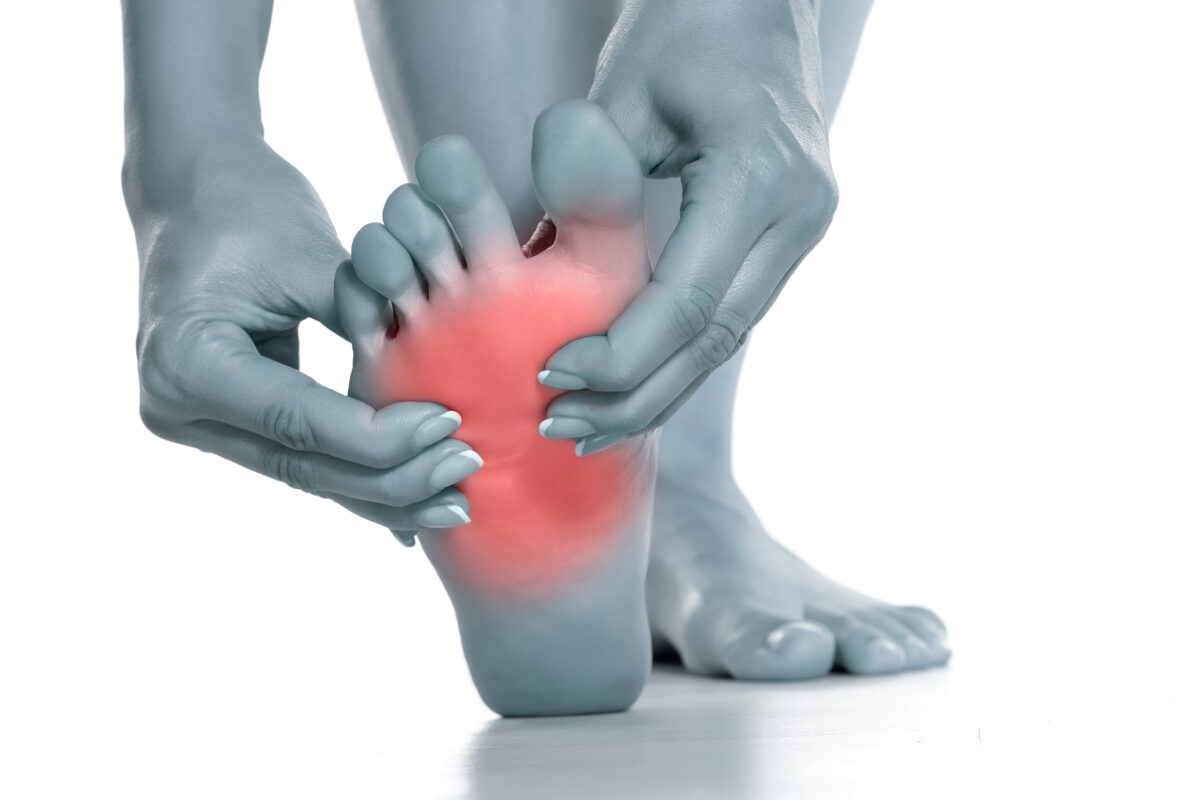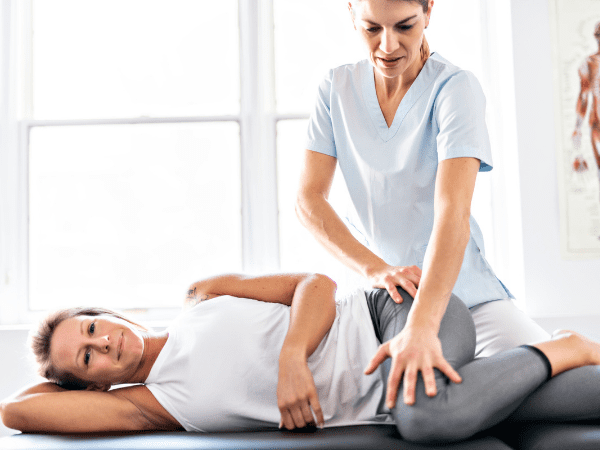By Dawn Morse Msc and Katie Lodge
Manual therapy has stood the test of time and developed from ancient healing practices to modern evidence-based techniques. which can be used to reduce pain, restore movement, and support patient recovery. One key manual therapy technique is joint mobilisation.
Today mobilisation techniques form a cornerstone of clinical practice in sports therapy, physiotherapy, and musculoskeletal rehabilitation.
The Origins of Manual Therapy and joint mobilisation:
The roots of manual therapy can be traced back thousands of years, for example:
In ancient Greece and Rome, physicians such as Hippocrates described manipulations and mobilisations of the spine and joints, referring to techniques like “succussion” and traction to treat musculoskeletal problems.
In Traditional Chinese Medicine ancient practitioners used massage and mobilisation techniques (Tui Na) as part of a holistic approach to health, and these techniques are still used today.
By the 19th and early 20th century manual therapy had become a key part of osteopathy and early physiotherapy training within Europe and the modern frameworks used today stem from these earlier techniques.
For instance, Geoffrey Maitland developed the Maitland Concept in the 1960’s, which is a graded system of joint mobilisation, which emphasises clinical reasoning, detailed assessment, and a patient-focused approach.
Further development in the 1980’s by Brian Mulligan saw the introduction of mobilisation with movement (MWMs). The Mulligan approach combines therapist-applied mobilisation with the client’s active movement, allowing pain-free correction of dysfunction.

Mobilisation vs Manipulation – What’s the Difference?
It’s easy to confuse mobilisation and manipulation, but the two techniques differ in both application and intent.
Mobilisation:
Mobilisation techniques are slow, controlled oscillatory or sustained movements applied to joints.
They’re performed at varying grades (I–IV) within the available range of motion.
Aims is to reduce pain, improve mobility, and restore function without forcing the joint beyond its limit.
Adaptable to client comfort and suitable for a wide range of musculoskeletal conditions.
Manipulation (High Velocity Thrust – HVT):
Manipulation techniques are rapid, high-velocity, low-amplitude thrust applied at end range of a joint.
They often produces an audible “click”.
Requires advanced training and carries higher risk if applied incorrectly.
These techniques are typically practised by Chiropractors and Osteopaths as their Degree training covers HVT along with Mobilisation techniques.



How do Joint Mobilisations techniques work?
Joint mobilisation involves the rhythmical application of graded forces to synovial joints, which are applied within or at the limit of available range of motion.
Physiological effects include:
Stimulation of mechanoreceptors to reduce pain perception
Improved joint nutrition and synovial fluid exchange
Stretching of joint capsules and surrounding soft tissues
Reduction of muscle guarding and spasm
Restoration of normal arthrokinematics (joint movement patterns)
Mulligan’s addition of active movement creates a unique neurophysiological effect, retraining the brain and body to move pain-free in real time.
🩺Clinical Applications
Manual therapy and joint mobilisation can be used across a wide spectrum of clients, from athletes returning to performance, to office workers with postural dysfunction, and individuals recovering from injury. By restoring movement, reducing pain, and improving joint mechanics, mobilisation provides both immediate and long-term benefits.
Peripheral Joints
Mobilisation techniques for peripheral joints help restore range of motion, reduce stiffness, and support recovery after both acute injuries and chronic conditions. For instance, shoulder Mobilisation is effective for frozen shoulder, postural dysfunction, impingement, and post-surgical stiffness.
Elbow and wrist techniques support recovery from tennis elbow, golfer’s elbow, carpal tunnel syndrome, and stiffness after fracture.
Hip Mobilisations can help to improve range of motion in cases of osteoarthritis, hip impingement, or post-surgery stiffness.
Mobilisation of the knee joint is useful for ligament injuries, meniscus problems, and post-immobilisation stiffness.
Ankle and foot techniques can help to restores dorsiflexion after sprains, improves chronic instability, and supports plantar fascia–related issues.
Spinal Joints
Safe mobilisation techniques applied to the lumbar, thoracic, and cervical spine can:
Reduce stiffness from chronic low back pain
Improve thoracic mobility linked to posture and breathing restrictions
Support recovery from whiplash and neck-related headaches.

Tissue and Neurological Responses
Joint mobilisation influences both tissues and the nervous system by:
Increasing synovial fluid exchange for joint nutrition
Stretching capsules and ligaments to reduce stiffness
Activating mechanoreceptors to reduce pain and muscle guarding
Enhancing proprioception and confidence in movement.
Sporting Applications
Mobilisation techniques can help to corrects altered joint mechanics from repetitive sport-specific movements and:
Reduces post-training stiffness and enhances recovery
Improves range of motion to support athletic performance
Facilitates return-to-play through pain-free movement.

Everyday Clinical Applications
Reduces postural stiffness in office workers
Helps older adults manage age-related stiffness or osteoarthritis
Supports recovery after immobilisation (casts, braces, or surgery).
Benefits in Clinical Practice
✔️ Address joint stiffness and restore lost range of motion
✔️ Provide immediate pain relief for musculoskeletal conditions
✔️ Enhance recovery after injury by re-establishing normal joint mechanics
✔️ Support athletes and non-athletes alike in returning to pain-free function
✔️ Offer versatile, evidence-based techniques that integrate seamlessly with massage, dry needling, cupping, rehabilitation and more.
Would you like to add Manual Therapy and Joint Mobilisation techniques to your clinical treatment?
If you’re interested in incorporating joint mobilisation techniques into your clinical practice then join us on our three day accredited and highly practical short course in Swindon, Wiltshire or Liverpool.
To find out more please visit: Certificate In Manual Therapy & Joint Mobilisation – Core Elements
By Dawn Morse MSc (Director of Core Elements Training) and
Katie Lodge (Tutor for Core Elements Training and Sports and Clinical Therapist)
Core Elements offers Sports Massage and Sports Therapy based training courses and an Injury Clinic
If you’d like to book an appointment at our Swindon based injury clinic, please Click Here
To find out more about our Manual Therapy and Joint Mobilisation CPD short course offered in Swindon and Liverpool please Click Here
